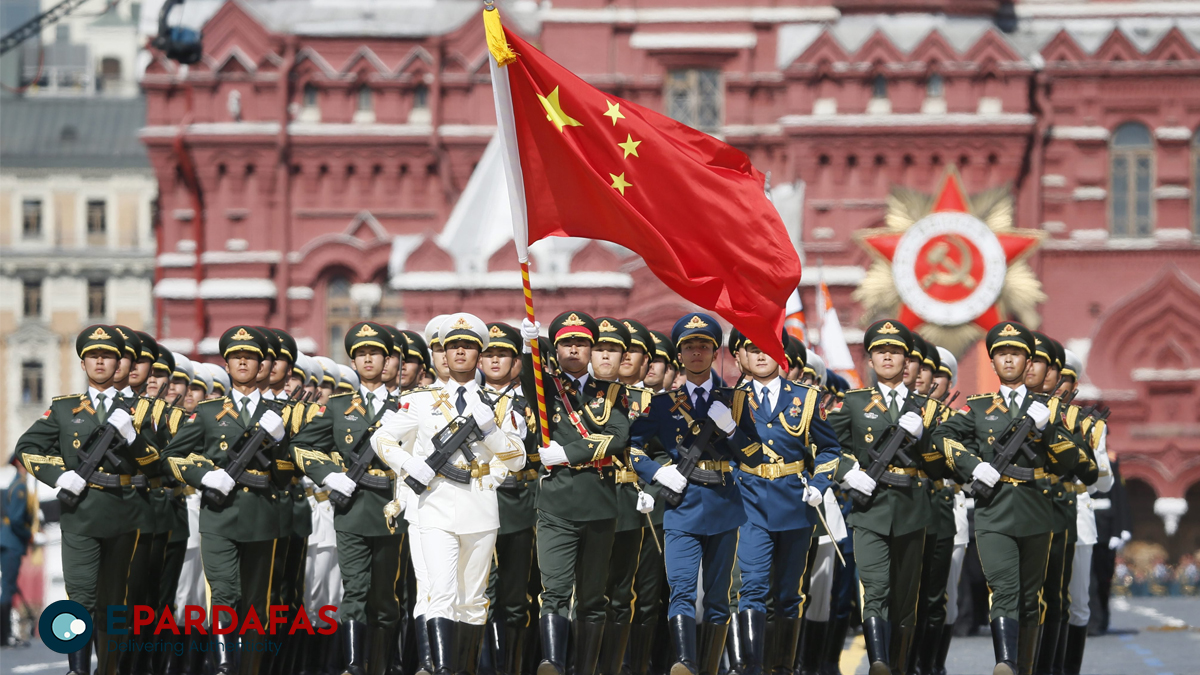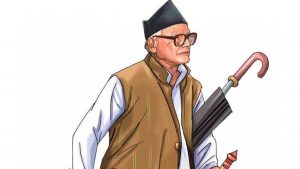
China’s Military: Overrated?
Despite Xi Jinping’s goals of modernizing the People’s Liberation Army (PLA) and challenging the United States as the top military power, the Chinese regime is likely a “paper tiger.”
The Chinese military is unable to effectively fight, much less win, a war against the United States. The PLA’s lack of combat experience, history of retreating from battles, poor-quality equipment, technology gaps, dependence on foreign technology, recruitment issues, and inability to fight distant wars all contribute to this perception. While China is seen as the world’s third most powerful military, these shortcomings suggest that its strength may be overestimated and lacks real-world capability.
In 1979, the Chinese regime invaded Vietnam to punish it for invading Cambodia. This conflict became a costly and embarrassing experience for China, revealing problems in its military tactics, logistics, and overall combat readiness despite having more troops. It was also the last time the PLA engaged in a full-scale military conflict.
Recently, Chinese and Indian troops have clashed along their disputed Himalayan border, especially during the 2020 Galwan Valley clash, which involved brutal hand-to-hand combat. Reports suggest China suffered more casualties than India, raising questions about its military training and preparedness.
The reliability and readiness of PLA troops have also been questioned due to instances of perceived cowardice in combat. For example, on July 11, 2016, the Washington-based Center For Civilians in Conflict (CIVIC) reported that Chinese peacekeepers in South Sudan abandoned their post and left behind weapons and ammunition during an attack by local militia forces. This incident, part of the United Nations Mission in South Sudan (UNMISS), was criticized for failing to protect civilians and compromising the safety of other peacekeepers.
Quality issues with Chinese-made equipment, such as misfiring missiles and faulty aircraft like the JF-17 Thunder jets, which have had operational problems and crashes, raise doubts about the reliability of Chinese weapons. Chinese military technology is often seen as inferior to its Western counterparts. China’s reliance on foreign technology, particularly from Russia, suggests its own technological base isn’t fully mature, limiting effectiveness and innovation.
Despite significant advancements, analysts argue that the PLA still trails behind the U.S. military in key areas like stealth technology, avionics, cyber warfare, and advanced missile systems. This reliance also highlights the espionage threat communist China poses to the United States as it seeks to steal advanced technology. Additionally, unlike U.S. equipment, which has been tested in numerous conflicts, Chinese hardware remains largely untested in combat, making it hard to assess its true performance under battlefield conditions.
The PLA faces significant recruitment issues, struggling to attract high-quality soldiers. Reports highlight problems with personnel quality, including inadequate training and education standards, and low discipline and morale. Despite targeted recruitment programs at universities, graduates prefer entering the civilian workforce over military service. This shortage of qualified personnel hampers the PLA’s goal of modernizing. The increasingly complex equipment and weapons systems require higher levels of intelligence, education, and training. Conscripts with no other options often have lower levels of education and lack motivation, leading to low morale within the PLA.
Xi aims to create a blue-water navy and extend Chinese dominance globally, but the regime would struggle to fight wars far from home. Much of China’s military power focuses on Taiwan and the South China Sea. While strong in these areas, it limits Beijing’s global power projection. The PLA’s ability to operate globally is restricted compared to the United States due to a lack of overseas bases and weak logistics and supply chains for extended operations. Additionally, the regime’s centralized command and control systems can slow decision-making and create inflexibility.
China’s alliances are not as strong or reliable as those of the United States, which benefits from established networks like the NATO. The Chinese regime struggles with soft power due to negative perceptions of its human rights issues, draconian COVID-19 pandemic measures, aggressive actions in the South China Sea, and ongoing border disputes with nearly all of its neighbors. China has only one official ally: North Korea. Its other ally is Russia, which is heavily sanctioned and engaged in a war with Ukraine.
The Chinese regime has increased its military exercises in Asia in recent years. However, U.S. observations of the PLA-Navy have revealed gaps in the PLA’s capabilities compared to more experienced and technologically advanced militaries.
Whether or not China is or will remain a paper tiger is debatable, as Xi is prioritizing the continued modernization and expansion of the PLA. However, issues ranging from a lack of experience to the inability to wage war in distant theaters detract from Xi’s desired aura of invincibility. Additionally, China’s military modernization and expansion depend heavily on sustained economic growth. A looming aging crisis and economic vulnerabilities, including high debt levels, dependency on exports, and potential economic sanctions, could impact its ability to sustain military advancements.
The United States is ahead for now but must remain vigilant and continue to invest in military technology research and development to maintain its edge.













Comments